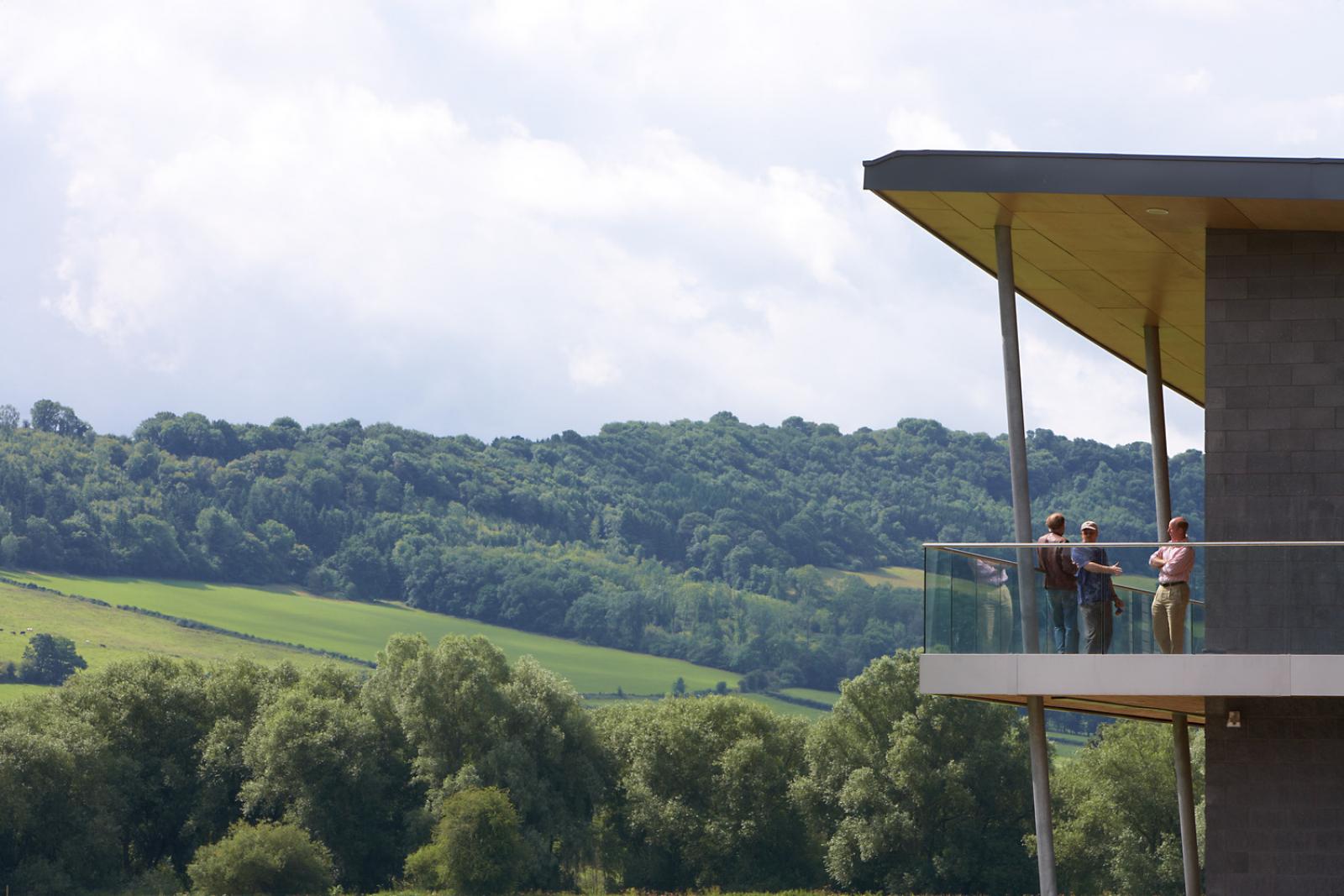
The new sports pavilion at Monmouth School is a flexible, eye-catching building which sits on the school’s playing fields adjacent to the River Wye. Located in a challenging floodplain setting, the pavilion responds to its site constraints with flair and quality.

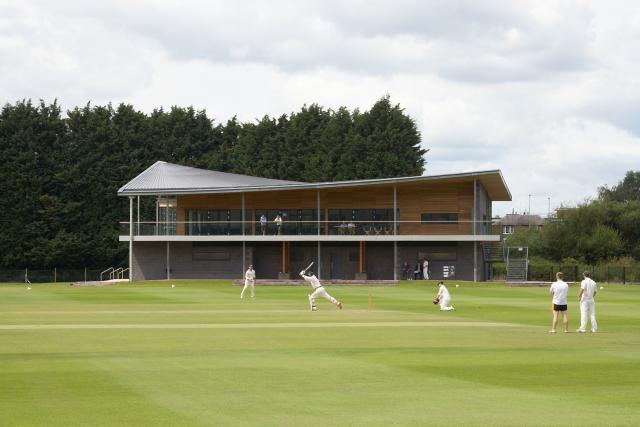
The pavilion provides dual function, intended to cater both for sporting events and as a venue for external commercial events.
It has been designed with rugby and cricket team changing facilities at ground level, with flexible events and dining facilities located on the floor above, catering for up to 100 people.
The refreshment room opens out to a large balcony overlooking the school’s playing fields on both sides, maximising the potential of its idyllic location.
The designs incorporate a tall, fully glazed main entrance, whilst a distinctive double curve roof features at the upper floor level, creating a dynamic building profile which sits sensitively within its green belt setting.
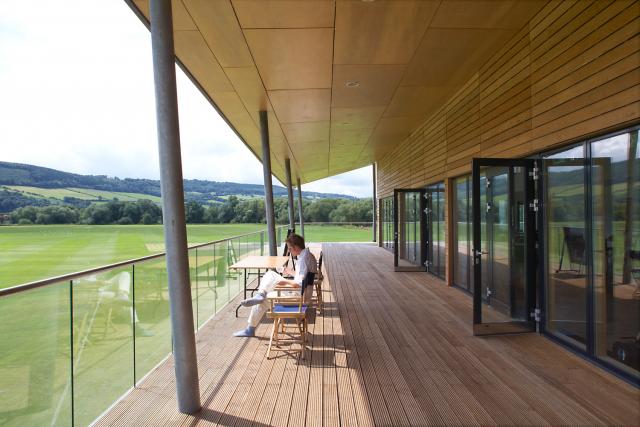
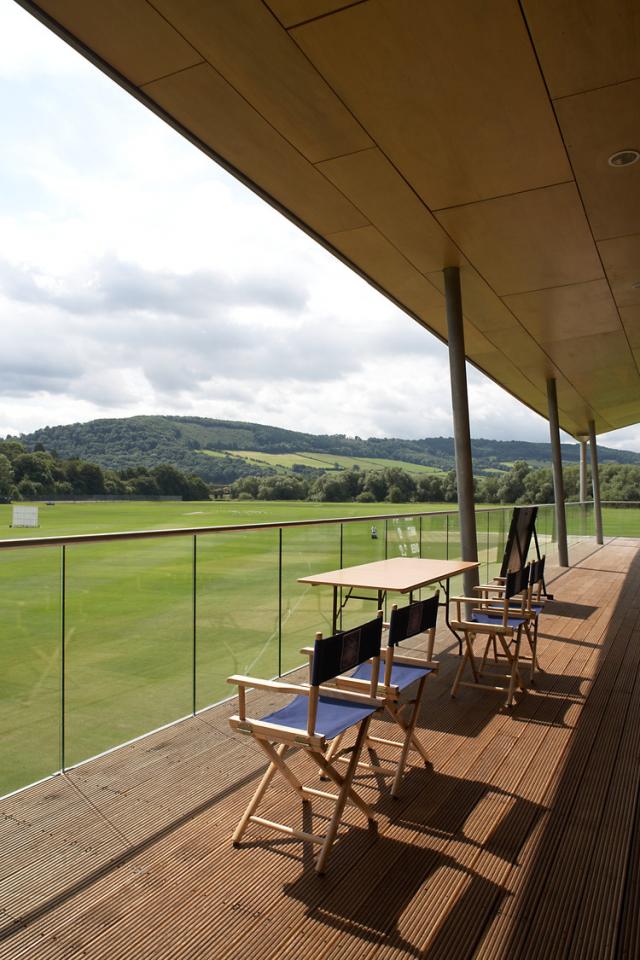
Given its challenging setting, special consideration has been given to the building’s design and detailing.
The pavilion has been designed to allow flood water to flow through the ground floor, whilst considered floor surface finishes protect the building from flood water damage and allow for the building to be thoroughly, but easily, cleaned.
All doors have been designed with the flexibility to be removed from their hinges and stored upstairs, whilst all electrical fixtures are located 1.8m above ground level.
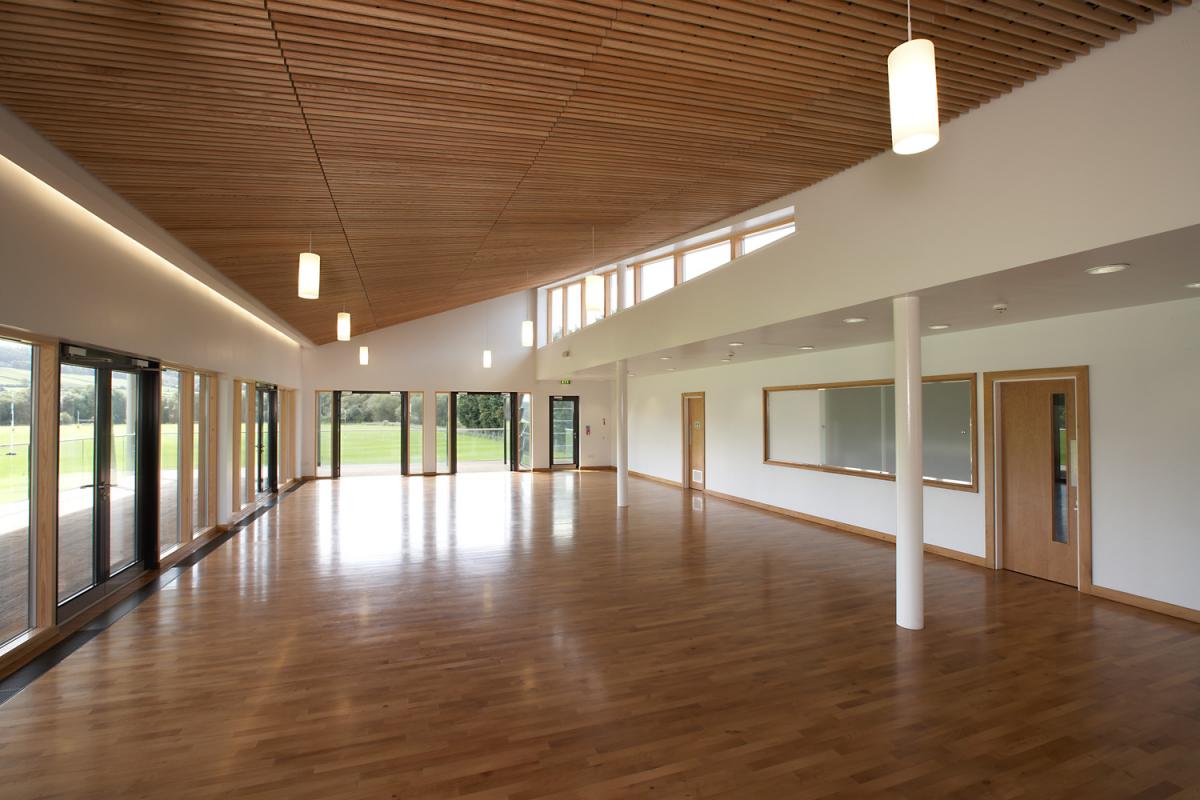
The new sports pavilion is a valuable addition to Monmouth’s thriving boarding community and has provided the school with an excellent external offer for events and entertaining, with weddings, parties and commercial events all suited to the building.
Image credits
© Charlotte Wood
Chris Whelan
Chris works across various sectors within the practice and brings an exceptional eye for detail and creative solutions to all.
With over 25 years of experience as a qualified architect, Chris’ extensive experience includes architectural designs for some of the country’s leading independent schools, residential schemes, masterplanning exercises, and various community, sports and leisure projects.
